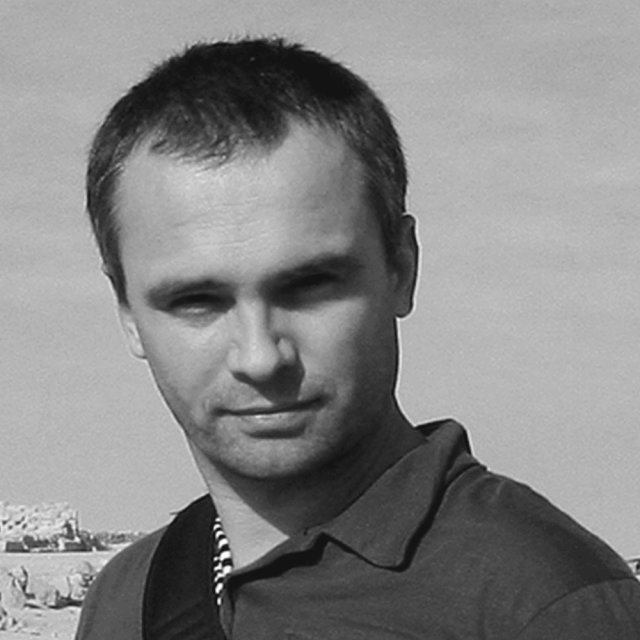Witold Kilarski did his master's with a specialization in molecular biology at the Jagiellonian University in Poland and continued his postgrad studies in Par Gerwins and Lena Claesson-Welsh's Vascular Biology Group at the Uppsala University, where he was awarded a PhD in pathology. His first postdoc was completed within two years and eight publications at the University of Bordeaux in the Angiogenesis Lab of Andreas Bikfalvi. Later, he continued at EPFL (Swiss Federal Institute of Technology in Lausanne, Switzerland) in the Melody Swartz Laboratory of Lymphatic and Cancer Bioengineering. In 2013, the lab moved to the University of Chicago, where, as senior researcher, Witold was initially focused on the organization of the new lab and wrapping up EPFL projects and previous collaborations.

Fellows
Witold Kilarski
Junior Fellow
- Contact: wkilarski@uchicago.edu 773.834.0080
- Office Location:
Eckhardt Research Center
5640 South Ellis Avenue
Chicago, IL 60637
